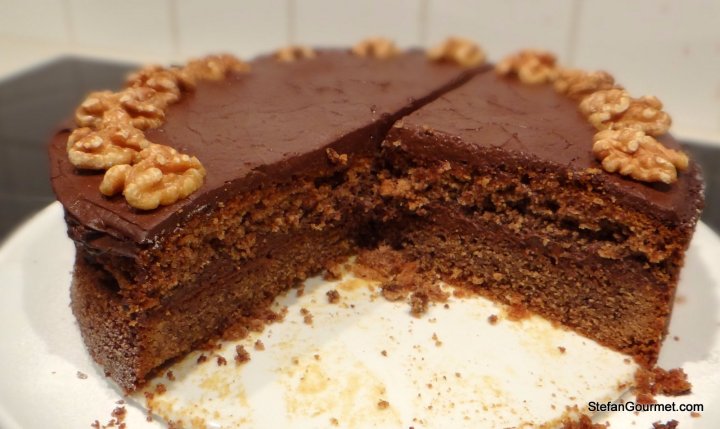
Fresh Pomegranate Juice
I’ve never really liked pomegranate juice because I always thought it was too astringent. Boy was I wrong! I had just never tasted fresh pomegranate juice before. Just like with orange juice, there is a huge difference between the real thing (i.e. freshly squeezed) and store-bought stuff. A post on REMCooks.com inspired me to try making my own pomegranate juice, and I absolutely loved it. Thanks, Richard! Fresh pomegranate juice is as different from store-bought pomegranate juice as freshly squeezed orange juice is different from orange juice from concentrate. Fresh pomegranate juice is sweeter, less astringent, and has a wonderful flavor. It also is very healthy. Continue reading “Fresh Pomegranate Juice”
































